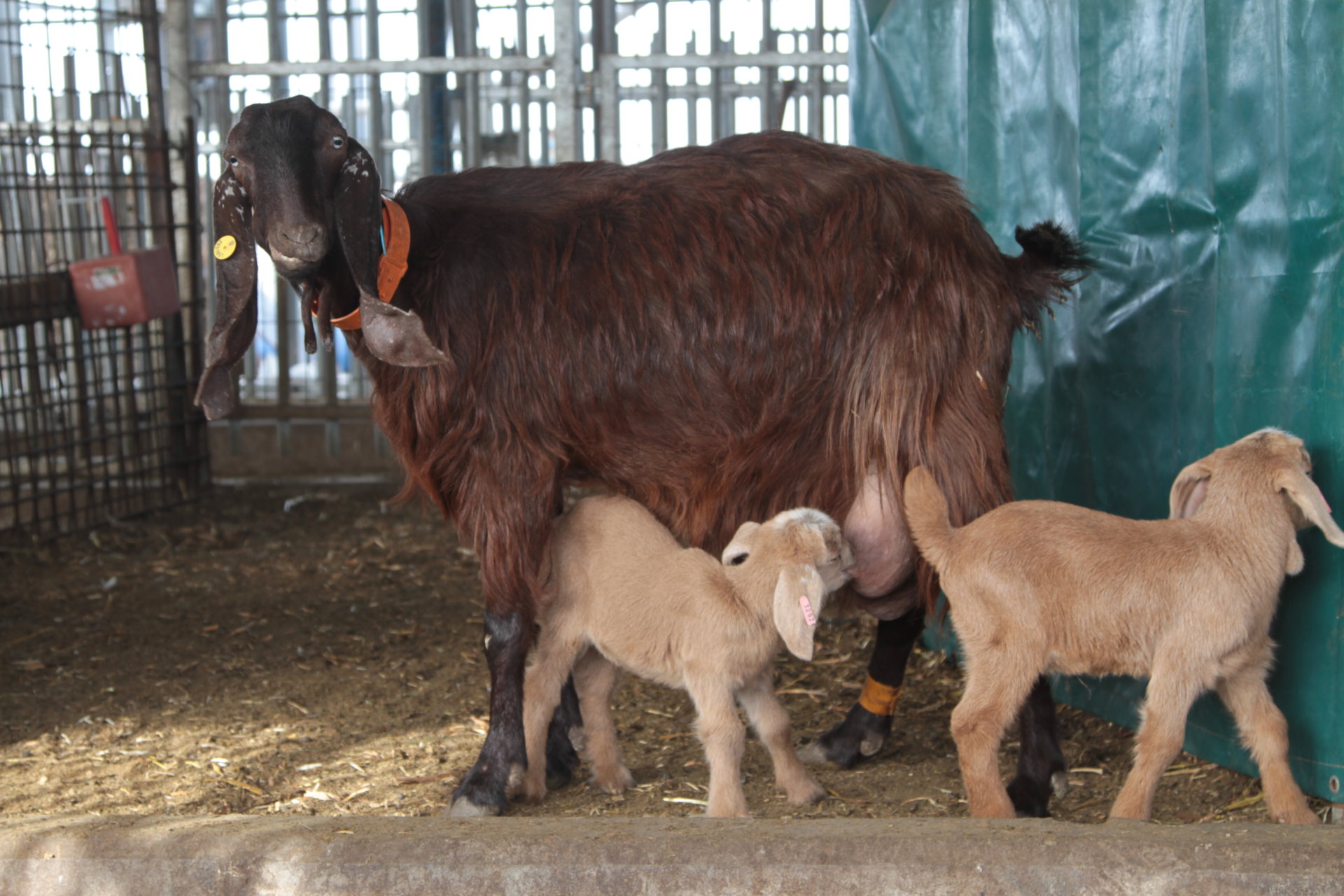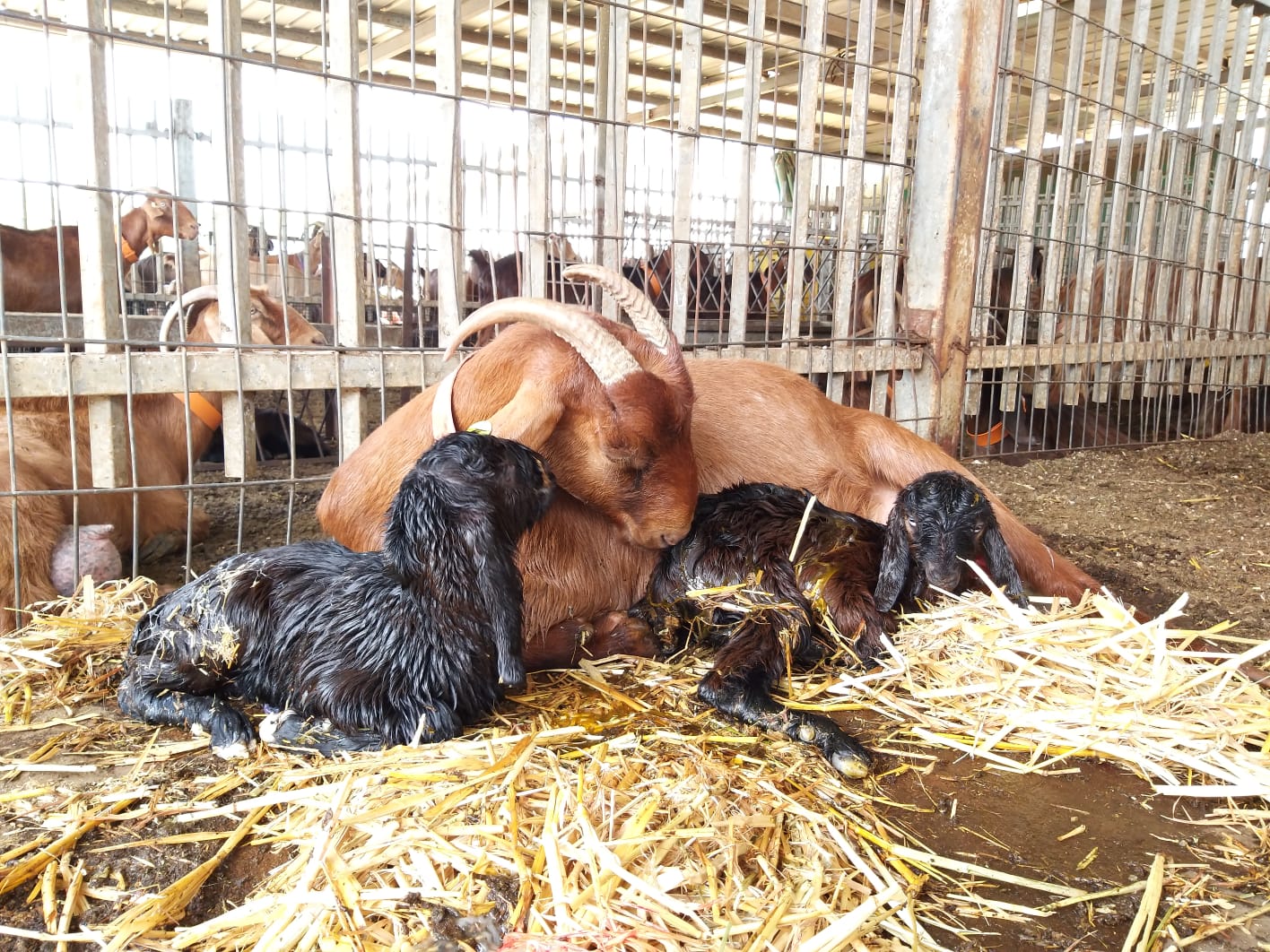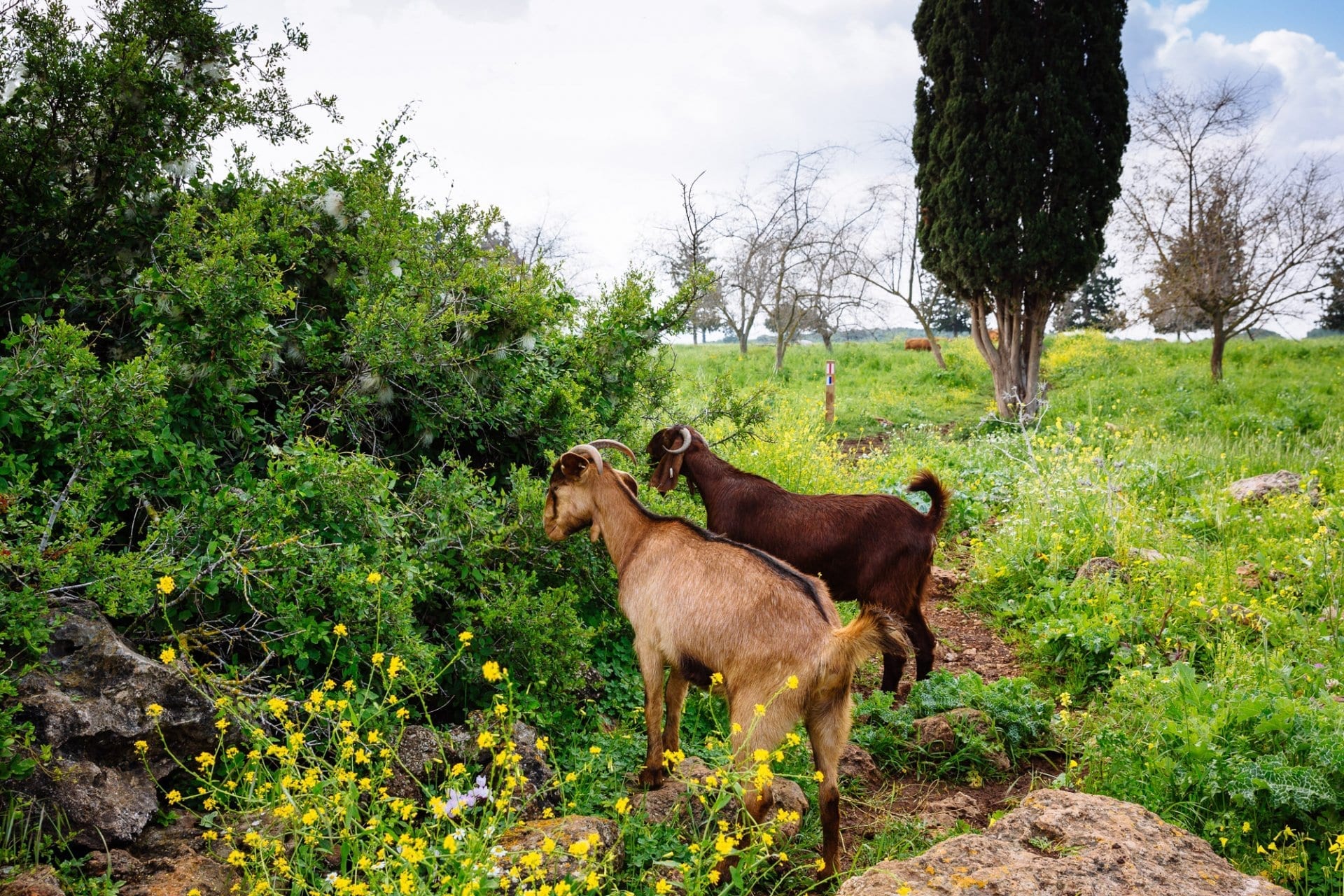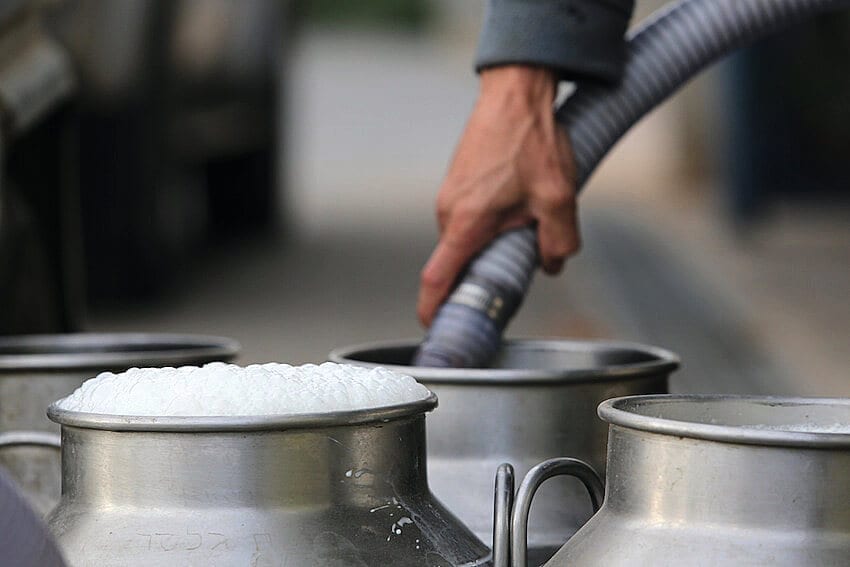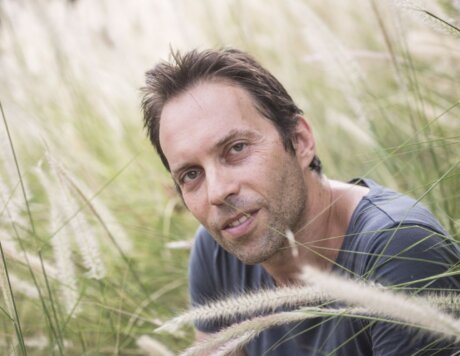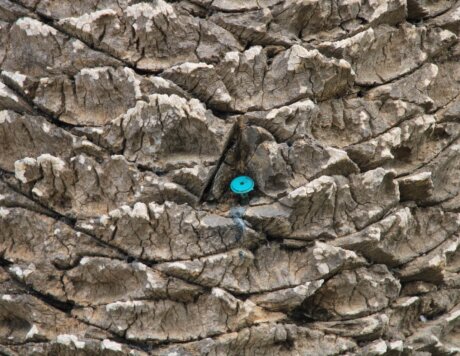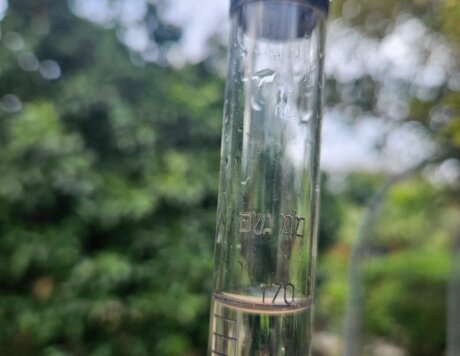This improvement is probably facilitated by improved and more efficient digestive processes, but not only. The researchers assume that the polyphenols, or at least some of them, are absorbed into the vascular system and from there to the different tissues, including the udders. In the udders they provide a defense system against free radicals, and thus enable increased energy production. This energy is used by the udder cells for increased production of milk components.
An animal-derived ‘superfood’? It turns out that there is such a thing
In addition, polyphenol-rich nutrition encourages production of uniquely high-quality milk. The researchers previously observed that the grazing goats produce milk rich in compounds that have a positive effect on human health – the most prevalent of which is polyunsaturated omega 3 fatty acids.


